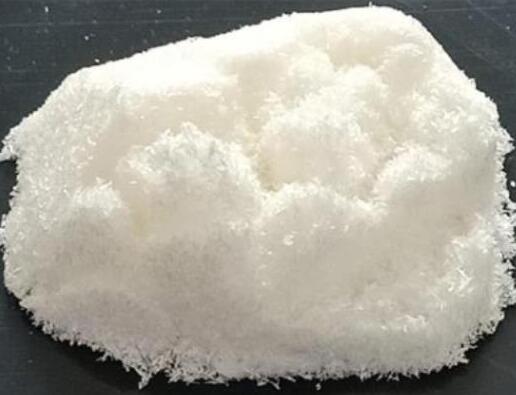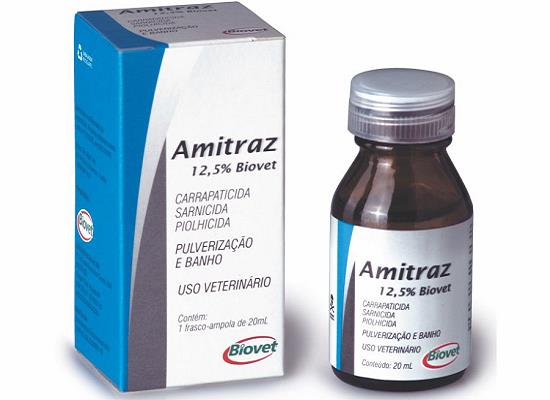Amitraz: An Overview of its Properties, Composition, and Applications in Modern Chemistry
Amitraz is a pharmaceutical, veterinary, and agricultural product which is used worldwide under numerous generic names as an acaricide and insecticide.

Properties
Amitraz is a triazapentadiene compound of the formamidine pesticide family, which has a chemical formula of C19H23N3 and a molecular weight of 293.41. Amitraz kills parasites by paralyzing their nervous system and sharp barbed mouth parts, thereby causing them to detach from animals.
Mode(s) of Action
Clinical signs of amitraz toxicosis are largely attributable to central α2-adrenergic agonist activity, leading to sedation, with some peripheral α-adrenergic effects of diminished sympathetic tone, resulting in decreased heart rate. At high doses, amitraz inhibits monoamine oxidase. Amitraz suppresses insulin secretion in the dog, may induce moderate methemoglobinemia, and may inhibit platelet aggregation.1
Applications in Modern Chemistry
Amitraz or BAAM is an insecticide and acaricide used primarily to control the pear psylla on Oregon pear crops. It also is used to control whiteflies and mites on cotton and pear crops; livestock ticks, lice, and mange mites on beef and dairy cattle and swine; and ticks on dogs. Formulations include a wettable powder, emulsifiable concentrate, soluble concentrate/liquid, and impregnated collar (for dogs). Amitraz is applied as an airblast and concentrate spray to pears; by ground boom or aircraft tocotton; as a dip or low pressure hand spray to cattle and swine; and through collars on dogs.
Hazard
Amitraz is a highly lipid soluble compound that is rapidly absorbed following oral ingestion or dermal application, thus making exposure potentially dangerous for animals and humans.
Toxicity
In acute toxicity studies, amitraz is moderately toxic by the dermal route, and has been placed in Toxicity Category II (the second highest of four categories) for this effect. It is slightly toxic by the oral and inhalation routes, and has been placed in Toxicity Category III for these effects.
Reference
1.Dalefield, R.“Chapter 8 – Insecticides and Acaricides.”1900. 0.
You may like
Related articles And Qustion
Lastest Price from Amitraz manufacturers

US $6.50/box2025-09-28
- CAS:
- 33089-61-1
- Min. Order:
- 1box
- Purity:
- 96%
- Supply Ability:
- 20TONS

US $0.00-0.00/KG2025-07-30
- CAS:
- 33089-61-1
- Min. Order:
- 1KG
- Purity:
- 98%TC
- Supply Ability:
- 20TONS




